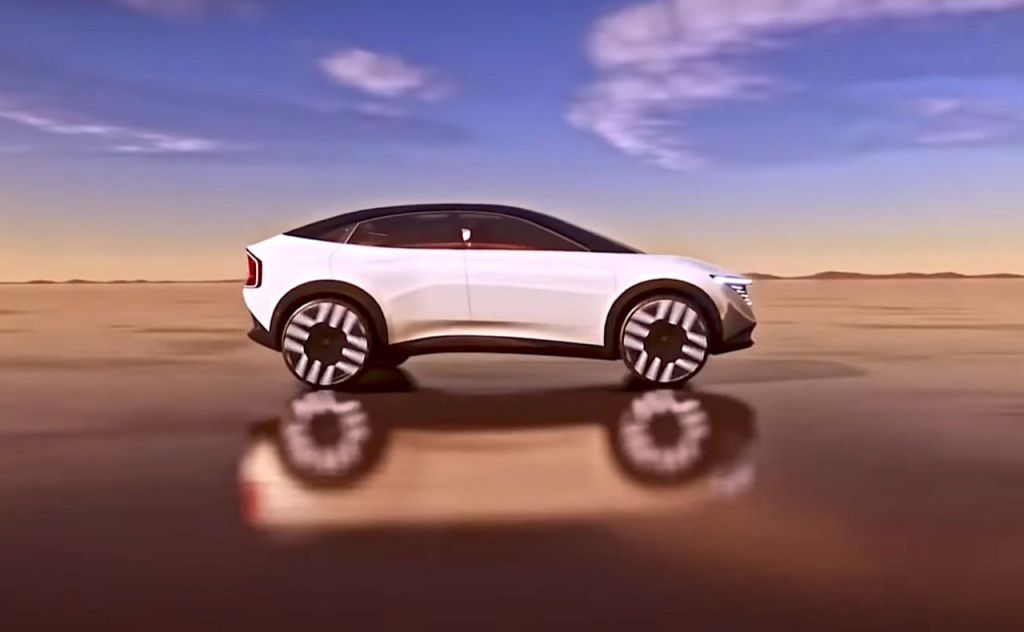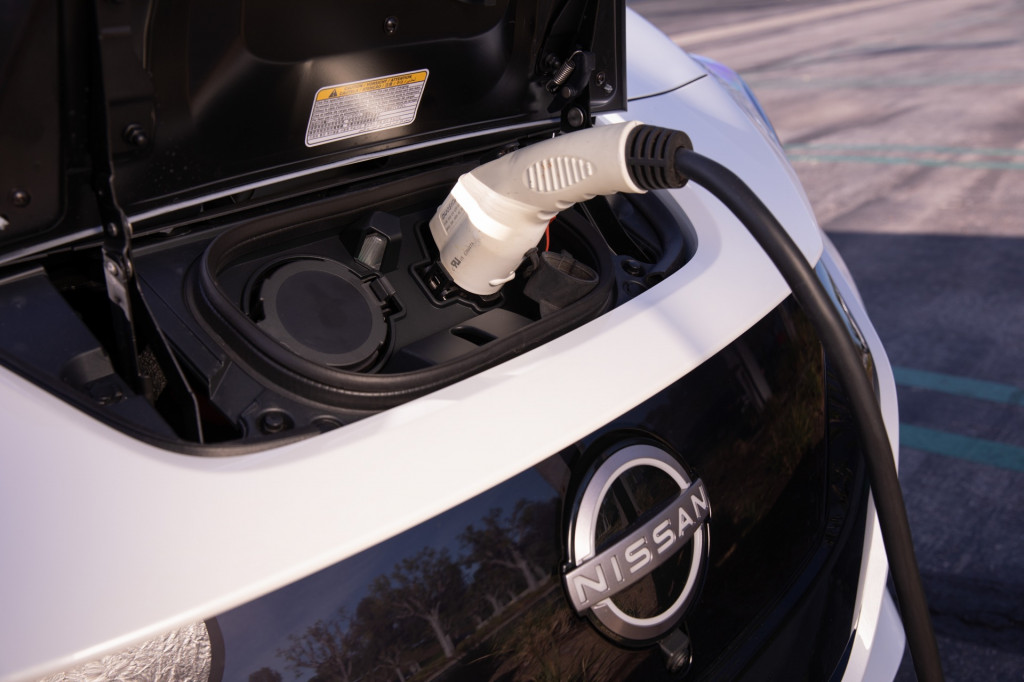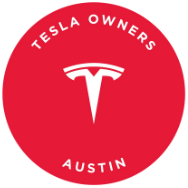- NACS will introduce a Nissan-branded pure EV in 2025, with availability in 2026
- It’s unclear if this will be a refreshed Ariya or the next-generation Leaf
- Nissan won’t immediately update home charging around NACS
Nissan made headlines as the first Japanese automaker to confirm the adoption of the North American Charging Standard (NACS) connector for upcoming U.S.-market EVs. The company announced in July 2023 that Nissan EVs equipped with a NACS port would start rolling out in 2025. In a recent update, Nissan reaffirmed its commitment to this timeline, with some interesting developments.
Nissan has now introduced a NACS adapter for the Ariya, which features a CCS charge port. This adapter allows the Ariya to utilize the Tesla Supercharger network and other NACS connectors. Nissan has also revealed its plan to “introduce” a Nissan-branded pure EV with a native NACS port later this year, set for sale in 2026.
While this suggests that the refreshed Ariya might be the first Nissan model with a NACS port, Nissan has not confirmed this. The company’s use of the term “introduce” leaves room for speculation on which model will lead the transition. A next-generation Nissan Leaf could be unveiled globally by the end of the year, but its U.S. release details are still unknown.

Nissan Chill-Out concept – December 2021

Nissan Chill-Out concept – December 2021

Nissan Chill-Out concept – December 2021
Leading up to these developments, Nissan has updated its app to provide real-time station availability, vehicle compatibility, and necessary equipment for optimal charging rates. Users can now initiate and end charging sessions, including on the Supercharger network, through the app.
In preparation for the adapters and the broader transition, Nissan has already listed all compatible Supercharger stations in its app. Ansu Jammeh, an engineer overseeing charging compatibility and development at Nissan in the U.S., confirmed this.

Nissan app – network filters including Tesla Supercharger

Nissan app — ability to send Tesla Supercharger guidance to vehicle
With NACS compatibility, Nissan has added 20,000 DC fast-charger posts, effectively doubling the available charge connectors for Nissan customers, as noted by Jammeh.
Despite uncertainties surrounding factors like federal charging infrastructure expansion, Nissan anticipates a gradual growth in U.S. charging infrastructure in the coming years, according to Jammeh.
“There is still a strong customer demand and necessity for expanded charging infrastructure across the industry,” he emphasized.
Home charging remains significant, and Jammeh stressed that this aspect will not change immediately, especially with the utilization of adapters.

Nissan Ariya at Tesla Supercharger station
“The beauty of it is that J1772, CCS1, and NACS are all compatible,” Jammeh mentioned, referring to the developments around the NACS connector standard. “So, from a customer standpoint, there’s no need to alter their home infrastructure; they can use the same equipment they already have.”
The adapter is currently available and can be purchased for $235 through Nissan dealers or directly from Nissan.
Nissan strongly advises against using third-party adapters or the Tesla Magic Dock, as they are prohibited under Nissan’s terms and may violate Tesla’s Supercharger network terms. Nissan’s adapter design includes a plastic tab for secure fitting.
The adapter fully supports the Ariya’s peak charge rate of 130 kW, enabling a 10-80% charge in just 35 minutes, according to Nissan.

2023 Nissan Ariya at EVgo charging station
Jammeh stated that Nissan is prepared to make any necessary changes in vehicle design or equipment to ensure the best customer experience. While the company’s future plans may include support for bidirectional charging in its EVs, no definitive information is available yet.
Regarding future charging technologies, Jammeh hinted at Nissan’s intention to introduce an all-solid-state battery in at least one global vehicle by 2028. Nissan has underscored the significance of bidirectional charging technologies like vehicle-to-home (V2H) and vehicle-to-grid (V2G), which were previously mentioned in relation to the Ariya. While Nissan supports bidirectional charging for the Leaf in the U.S., the currently compatible unit enables V2G functionality rather than home backup.

2023 Nissan Leaf
The Leaf is the only Nissan vehicle in the U.S. that uses the CHAdeMO charge port. Additionally, a 2026 Nissan Rogue plug-in hybrid has been confirmed, raising questions about its charging port compatibility. With future EVs from Nissan, including those manufactured in Mississippi, set for release in 2028, the transition to NACS is inevitable.
As automakers navigate the complexity of various EV models, adapters, and charge ports, effective communication both in-app and in-person will be crucial for seamless user experience.

